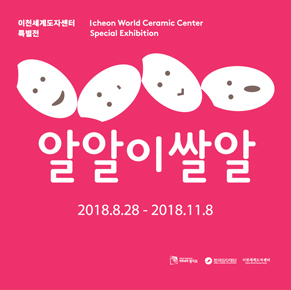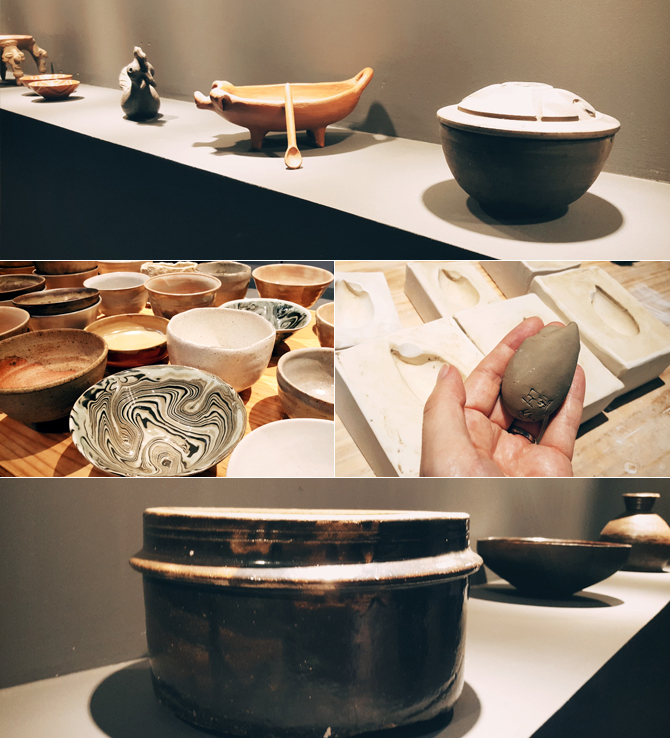서브메뉴
본문내용
- Map of Ceramics Studios in Icheon Part I. Masters and Masterpieces
- Icheon World Ceramic Center Special Exhibition 2018《Claytopia》
- Special Exhibition at Icheon World Ceramic Center Rice in Korean Culinary Culture
- Special Exhibition of Selected Works from the Collection of Icheon World Ceramic Center 2018 Great Heritage: Past, Present, Future
- Rental Exhibition

- Duration : August 28 ~ November 25, 2018
- Place : Special Exhibition Gallery, 3rd floor, World Ceramic Center
- Capacity : 49 pieces selected from the collection of KOCEF will be presented to look at Korean culinary culture and the history of Korean tableware
Held in association with the Icheon Rice Cultural Festival, this exhibition looks at the culinary culture of the Korean people and the history of rice through ceramics.
To the Koreans, rice is much more than food. The Koreans have lived on rice since before ancient times. In fact, rice has been collected or cultivated in Korea for 15,000 years.
This exhibition aspires to look at Korean culture and history specifically with focus on rice. The exhibition consists of three parts.
Part 1 shows earthenware and stoneware food vessels used from the Prehistoric Age through the Three Kingdoms Period and ritual vessels used when rice was extensively cultivated.
Part 2 shows artifacts of rice jars and rice pots from modern times that allow us to look at how rice was produced, used, and consumed.
Part 3 features Ido tea bowls, which were called maksabal (“bowl for anything”) made for all purposes and represented culinary culture during the Joseon period.
The Ido tea bowl collection of KOCEF is the highlight of this exhibition: twenty bowls produced by potters who were the most renowned for tea bowls such as Cheon Han-bong and Kim Jeong-ok are presented. This exhibition will help viewers understand Ido tea bowls, which used to be called maksabal in Korea.














 Ceramic Tour
Ceramic Tour





























